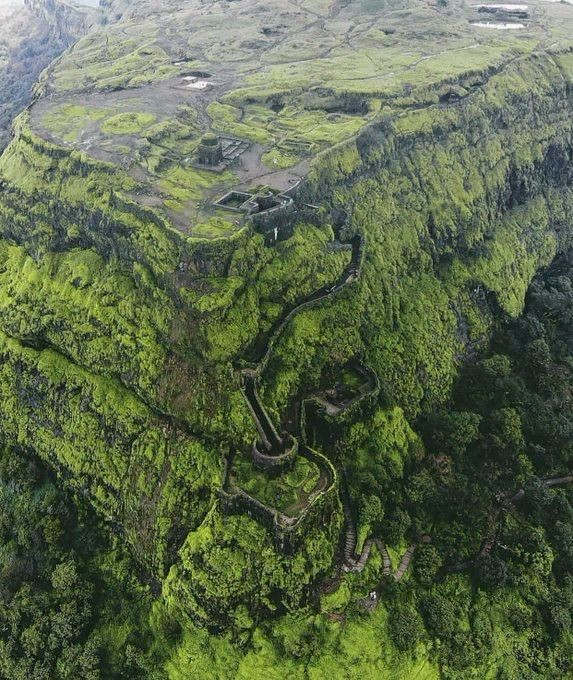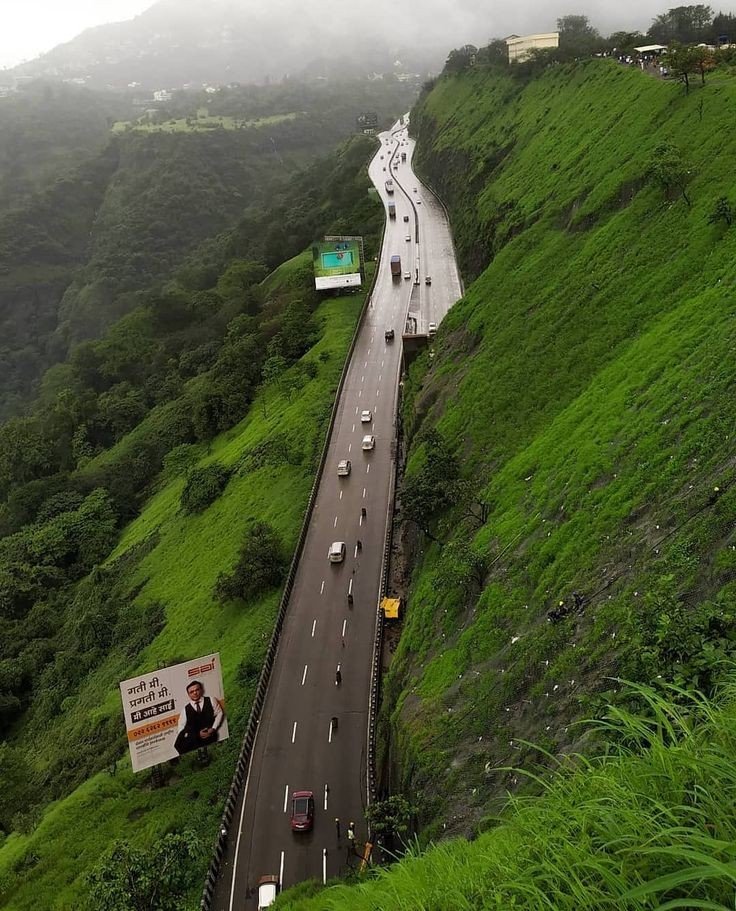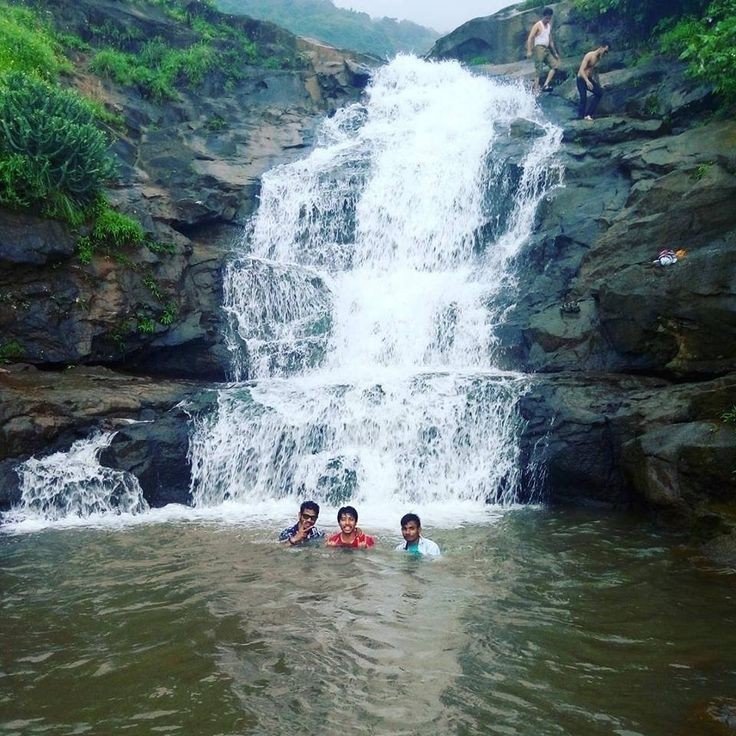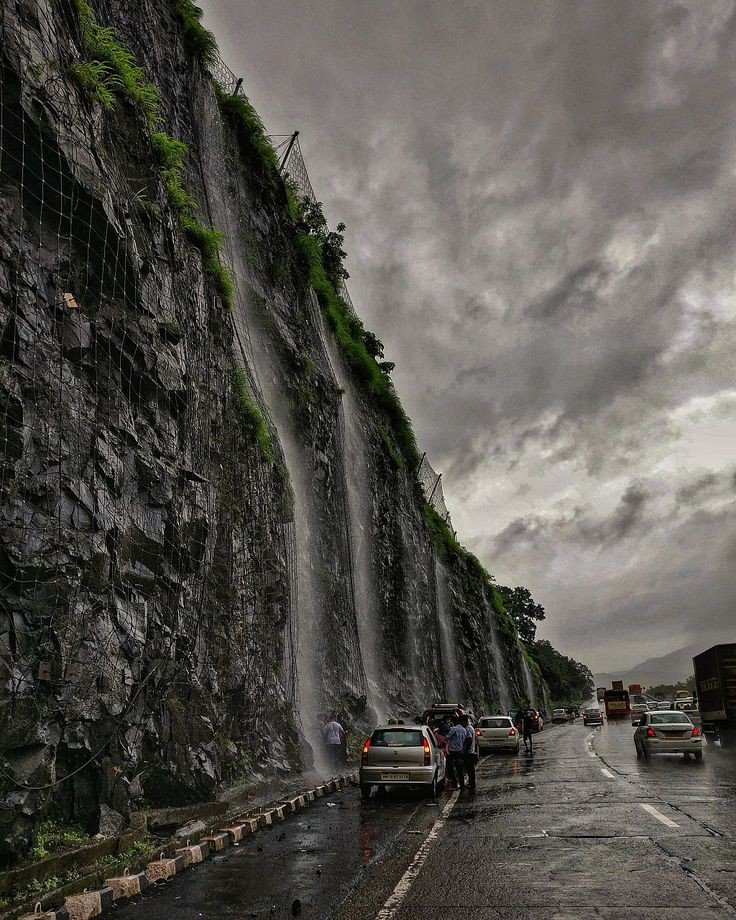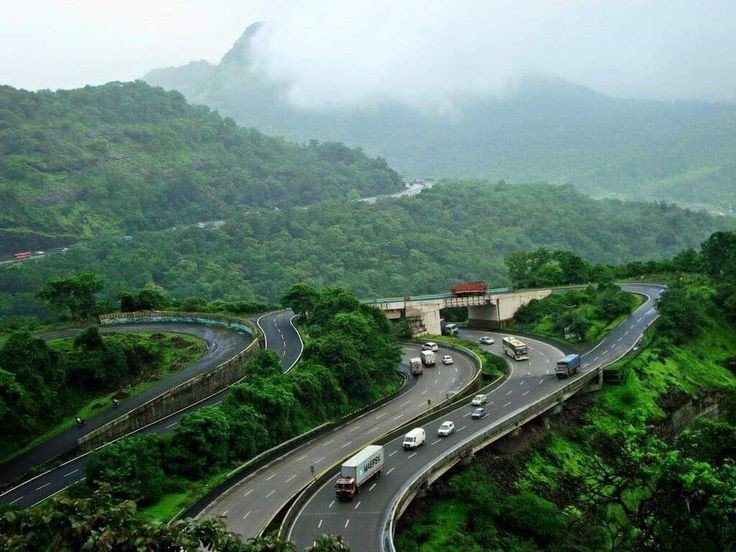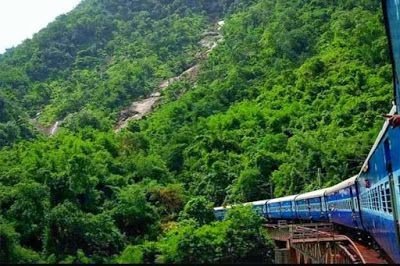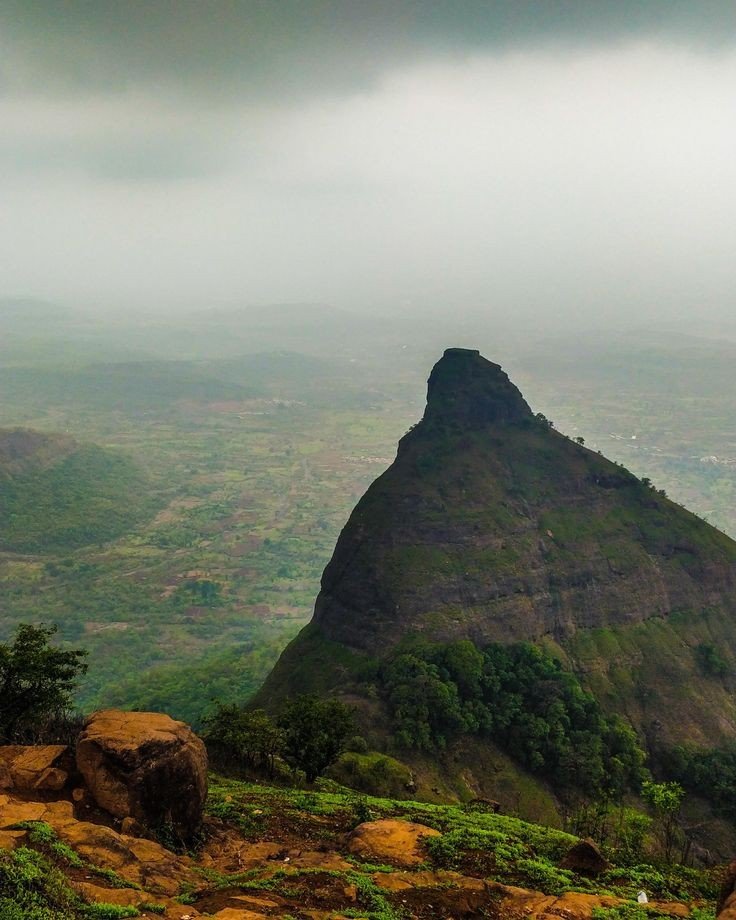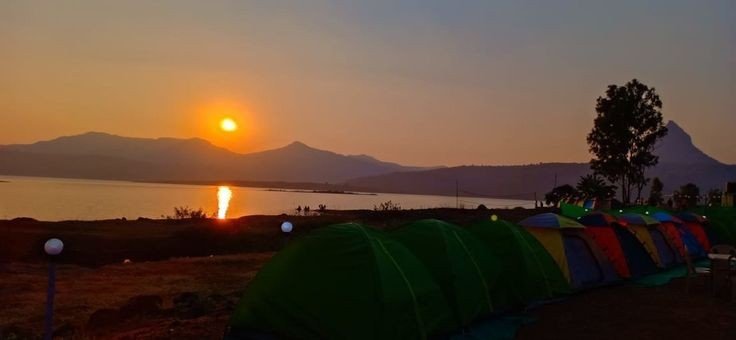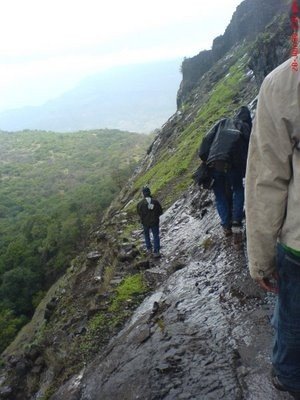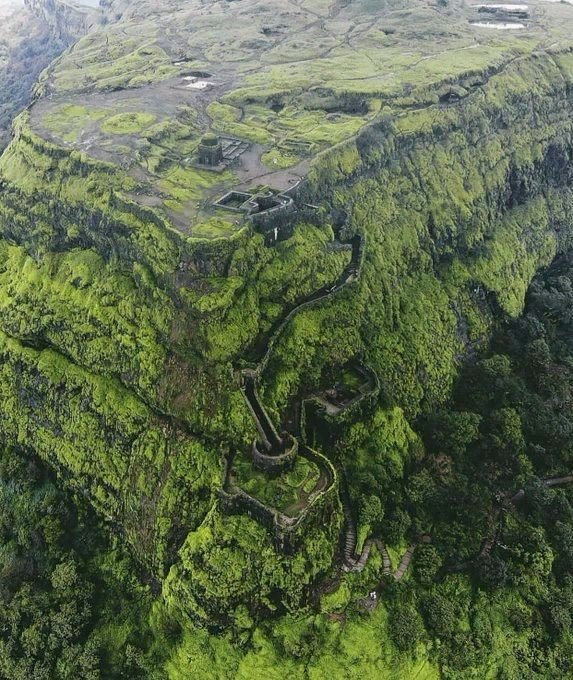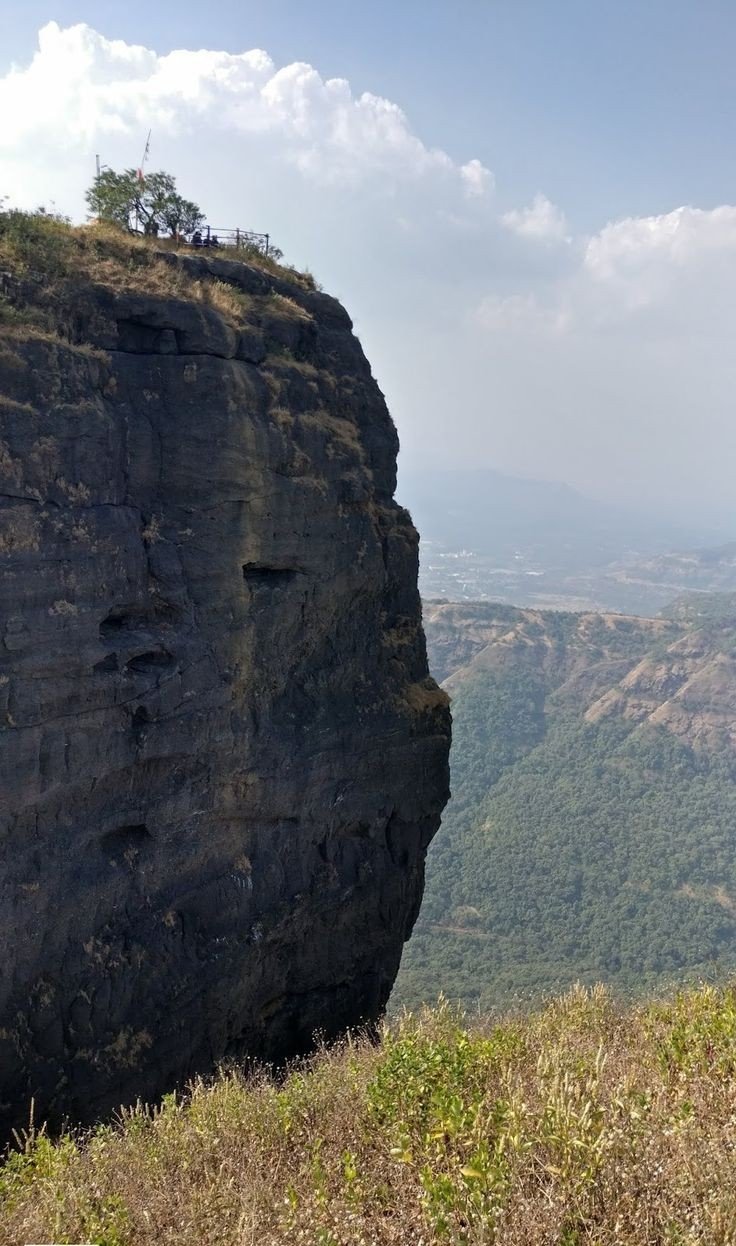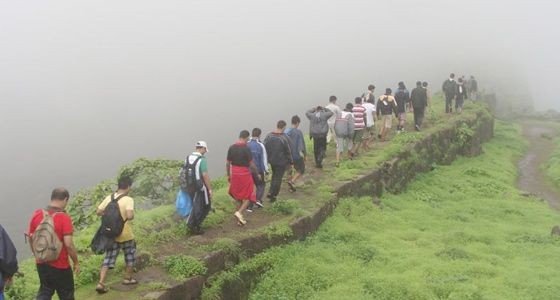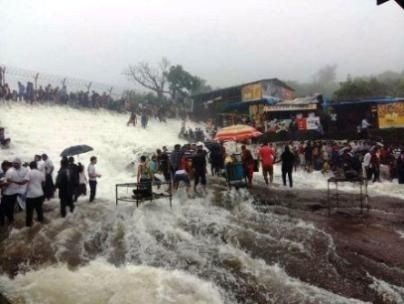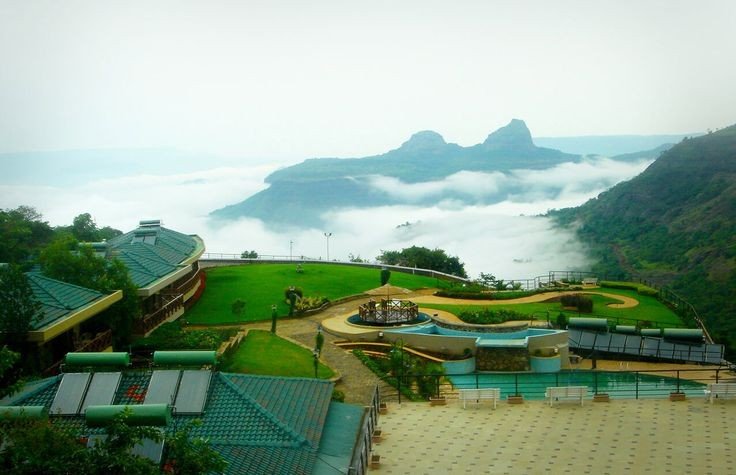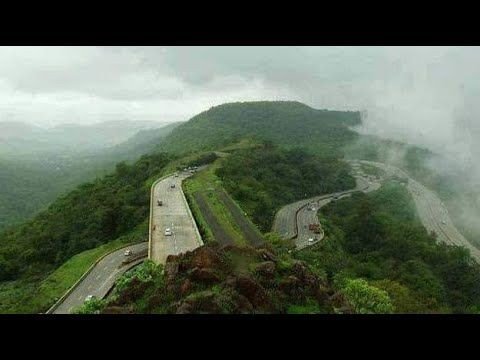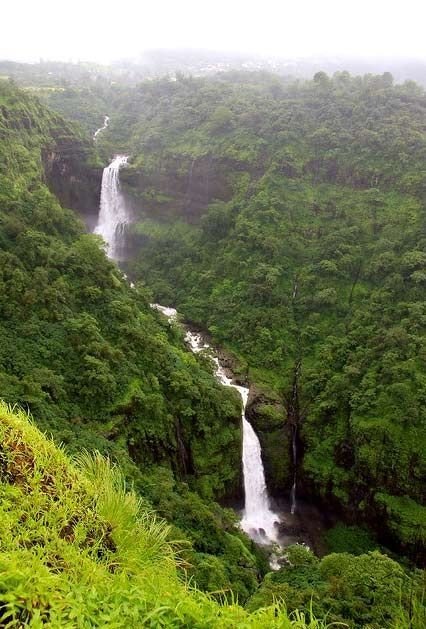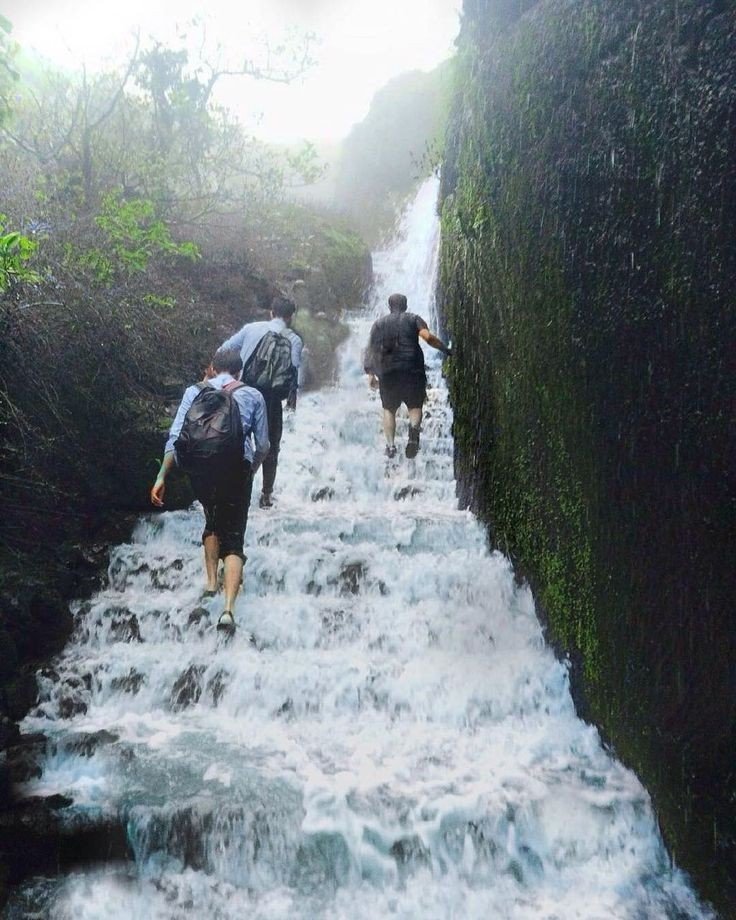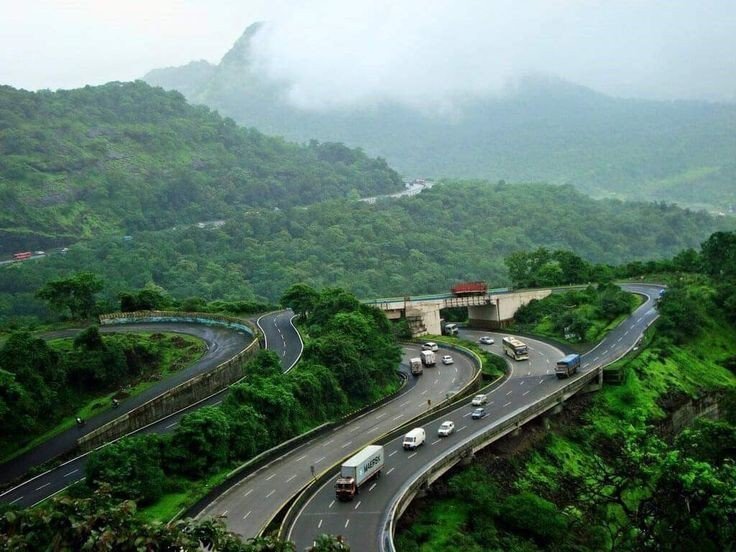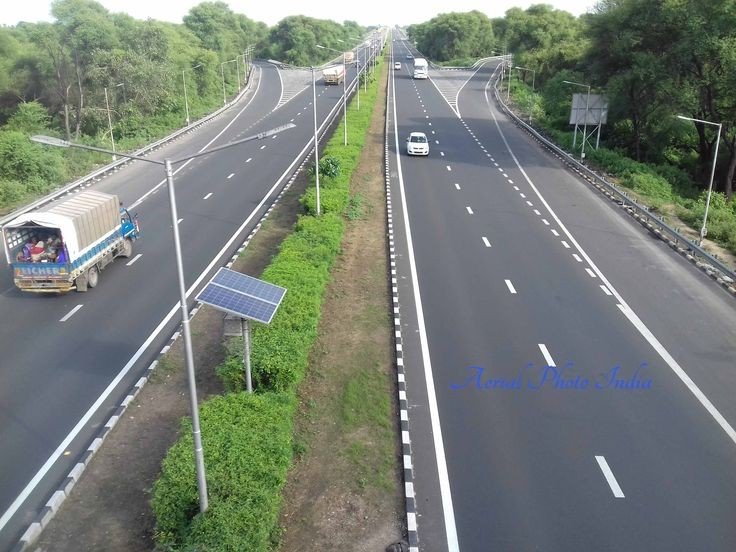Overview
MAHABALESHWER is a small town and a municipal council in Data district in the Indian state of Maharashtra. It is a place of pilgrimage for Hindus because the Krishna river has its origin here. The British colonial rulers developed the town as a hill station and served as the summer Capital of Bombay Presidency during the British Raj.
- Elevation:- 1,353m (4439ft)
- Area:- 137.2km sq
- Sex ratio:- 90 females/ 100males
- District:- Satara
- Population:- 12,737 (2011)
Geography
Mahabaleshwer is located at 17.9237°N 73.6586°E. It has an elevation of 1,353 meters (4439ft). Located about 120km (75mi) southwest of Pune and 285km (177mi) from Mumbai, Mahabaleshwer is a vast plateau measuring 150km (58sqmi) bound by valleys on all sides. It reaches a height of 1,439m (4,721ft) at its heighest peak above sea level, known as Wilson/Sunrise point. Mahabaleshwer comprises three villages : Malcolm peth, Old “Kshetra” Mahabaleshwer and part of the Sindhola village. Mahabaleshwer is the source of Krishna River that flows across Maharashtra, Karnataka, Telangana, and Andhra Pradesh. The legendary source of the river is a spout from the mouth of a statue of a cow in the ancient Temple of Mahadev in Old Mahabaleshwer.
History
On the outskirts of Mahabaleshwer, towards Panchgani. The first historical mention of Mahabaleshwer dates back to year 1215 when the King Singhan of Deogiri visited Old Mahabaleshwer. He built a small temple and water tank at the source of Krishna river. Around 1350 a Brahmin dynasty ruled this area. In the middle of the 16th century the Maratha Family of Chandarao More defeated the Brahmin dynasty and became rulers of Javli and Mahabaleshwer, during which Old Mahabaleshwer temple was rebuilt.
In 1656, the founder of Maratha empire Chhatrapati Shivaji Maharaj under controversial circumstances, killed Chandrarao More, a fellow Maratha feudatory of Bijapur, and seized the valley of Javali, near Mahabaleshwer, from him. Around that time Chhatrapati Shivaji Maharaj also built a fort near Mahabaleshwer called PratapGad. The fort remains in the hands of Shivaji’s Descendants to this day.
Transport
By Road:- Mahabaleshwer is 32km from Wai. It is 260km from Mumbai, the state capital. The nearest major city in Satara is 45km and it is 120km from Pune. Mahabaleshwer is connected by the National Highway 4. Bus services by State-run MSRTC and Private organizations connect it to Pune, Mumbai, Sangli and Satara.
Rail
Nearest railroad is Satara 60km, nearby major railway junctions include Pune (120km), and Niraj (170km). State run bus services are available in these locations to Mahabaleshwer. Railway station Diwan Kharvati on Konkan Railway near Khed gives route of 60km via Poladpur to Mahabaleshwer.
Airway
The nearest Airport is Pune international Airport, serving the city of Pune, 120km from Mahabaleshwer.


Places to visit
- Mahabaleshwer Temple:- Panchaganga temple in Old Mahabaleshwer 1850s. In old Mahabaleshwer 7km from Mahabaleshwer there are many tourists point and 5 temples to see, with examples of old Indian Architecture. There are also natural view points, some of them named by the 19th century British colonial rulers.
- Krishnabai temple:- Behind Panchaganga temple, there is a small trail that leads to Krishna Bai temple where the Krishna river is worshipped. It is built on the hilltop overlooking the Krishna valley and was built in 1888 by a ruler of Ratnagiri on the Konkan coast. The temple has a Shiva Lingam and a beautiful statue of Krishna. A small stream of the river flowing from the cow-face (Gomukh) falls on a Kinda or water tank. Stone carved columns and ceilings are the special characteristics of this Temple. This old temple has gathered moss and is in ruins. It is not visited much by tourists and is isolated. But it provides a most exquisite view of the river Krishna.
- Monkey Point:- Named because of the natural sculpture of the stones which looks like three Monkeys sitting beside each other and portraying 3 monkeys of Gandhiji. Nestled deep in the Valley one can figure out from the outline of a big stone a natural cut out it give an effect of 3 Monkey sitting next to each other portraying the Three Wise Monkeys. They point is on route to Arthur’s Seat.
- Arthur Lake:- This geographical point is named after Officer Sir Arthur Market (1806-1888) who frequented the spot to gaze at the Savitri River, where he lost his wife and children in a tragic ferry mishap.
- Vienna Lake:- Mahabaleshwer is Holiday place, Honeymoon spot and a pilgrimage site for people. Boats on the Venna lake in Mahabaleshwer. The Venna lake is one of the tourist attractions of Mahabaleshwer. The lake is surrounded by trees. There are Hotels from budget hotels to 3 star. Some Hotels are also near Lakes view or in the market.
- Kate Point:- It is located to the east of Mahabaleshwer and is famous for its view of two reservoirs, balakwadi and Dhom. The point is around 1280m high.
- Needle Holepoint/ Elephant point:- Needle hole point is located near Kate’s point. One can see a natural rock formation with a hole in between, thus given the name Needle hole. The point is also famous for the view of Deccan traps, which look like an elephant’s trunk.
- Wilson point:- Named after Sir Leslie Wilson, the Governor of Bombay from 1923 to 1926. Wilson Point is the highest point in Mahabaleshwer at 1439m. Known as Sindola Hill during the colonial rule, Wilson point is the only location in Mahabaleshwer where both sunrise and sunset can be seen. It offers a spectacular glance of Mahabaleshwer in all directions. It is located behind the Mahabaleshwer-Medha road at 1.5km from Mahabaleshwer city.
- PratapGad:- it is a fort near Mahabaleshwer built by Chhatrapati Shivaji Maharaj. It is the site of the encounter between Shivaji and Bijapur general. Afzal khan where the latter was defeated and killed by Chhatrapati Shivaji Maharaj.
- Lingmala waterfall:- This waterfalls is located near Mahabaleshwer. The water here falls from the height of approximately 600 feet. The water of Lingamala waterfalls cascades into the Venna Lake. The waterfalls are divided by outward projecting rocks into multiples tiers.






Also famous for the berry Climate of the area is suitable for cultivation of strawberries, this place contributes to about 85% of the total production in the country. It also received the geographical indicator tag in 2010 Strawberry is personally my favourite fruit.
- Asava fort/Killa Trek guide
- Sindhudurg fort”Malvan Killa”
- Karnala fort and Bird Scantuary (guide)
- Mahuli trek with full guide
- Tadoba Andhari Tiger Reserve
If you like my blog please like comment share and Follow






















